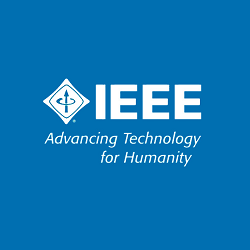اثر شرایط رسوب در نانو کلاسترهای سیلیکون
عنوان مقاله: Influence of Deposition Conditions on Silicon Nanoclusters in Silicon Nitride Films Grown by Laser-Assisted CVD Method
نشریه :IEEE
سال انتشار : ۲۰۱۱
صفحات مقاله انگلیسی :۶
دانلود رایگان مقاله
مشخصات مقاله:
عنوان فارسی مقاله:
اثر شرایط رسوب در نانو کلاسترهای سیلیکون در فیلم های نیترید سیلیکون رشد یافته توسط روش لیزر با روش های CVD لیزری
عنوان انگلیسی مقاله:
Influence of Deposition Conditions on Silicon Nanoclusters in Silicon Nitride Films Grown by Laser-Assisted CVD Method
قسمتی از مقاله انگلیسی و ترجمه آن:


